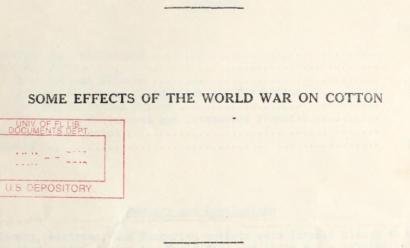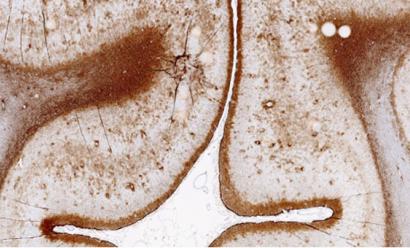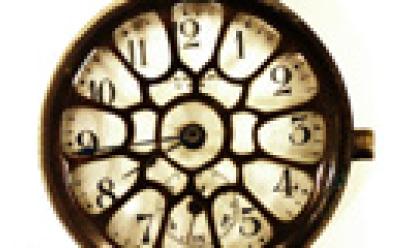
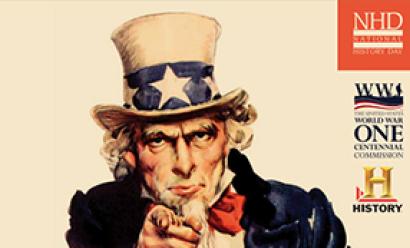

Downloadable Lesson Plan
Teaching with Film: 1917
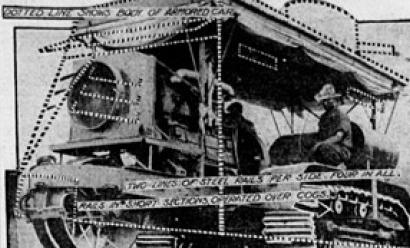
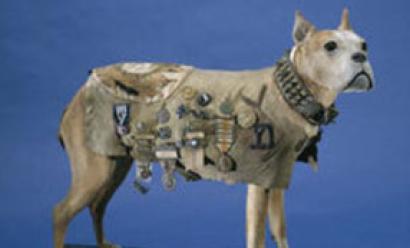
Primary Source, Article
The Price of Freedom: Americans at War - Stubby
Smithsonian National Museum of American History

Primary Source Documents, Article
Stars and Stripes: The American Soldiers' Newspaper of World War I, 1918 to 1919
Library of Congress

